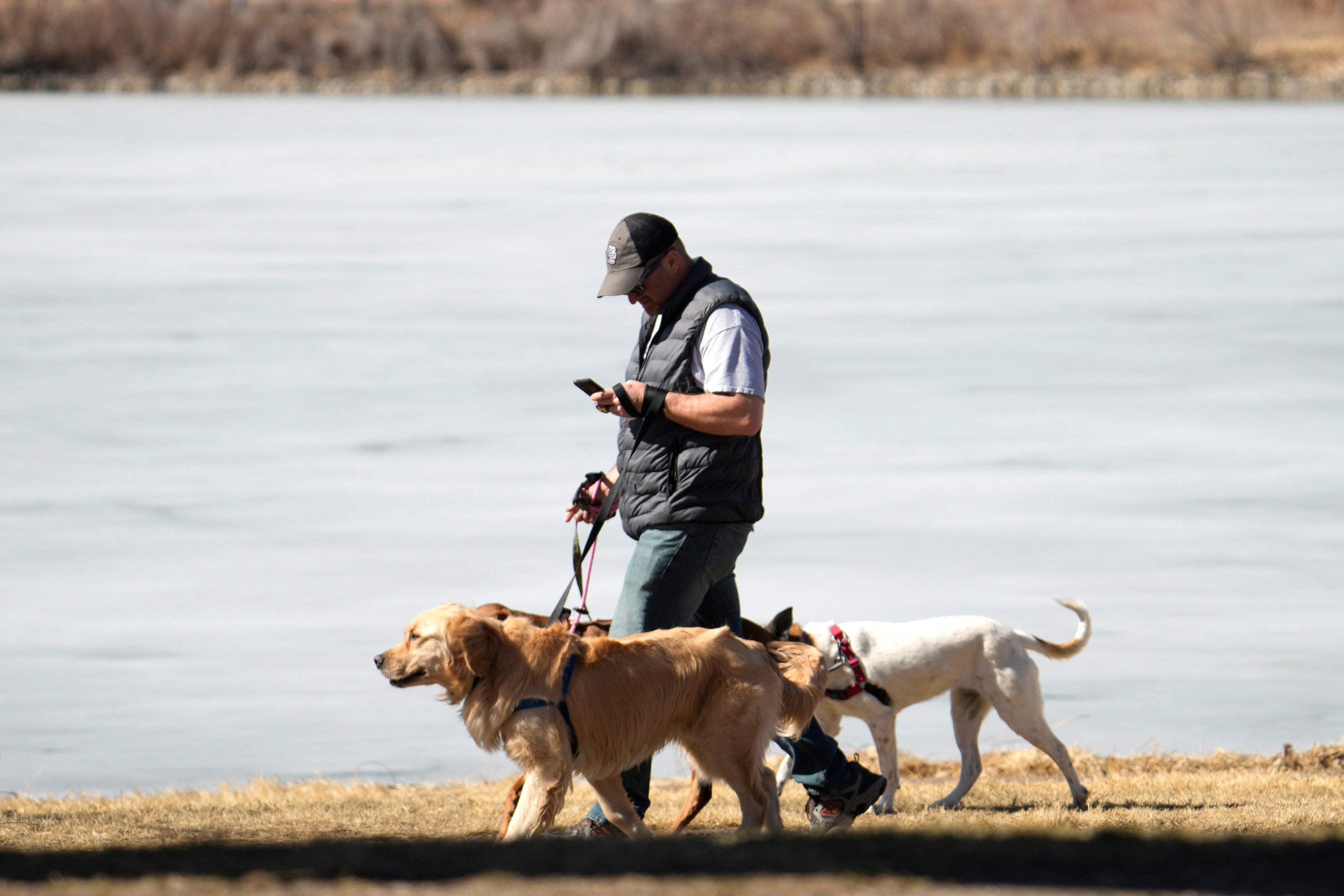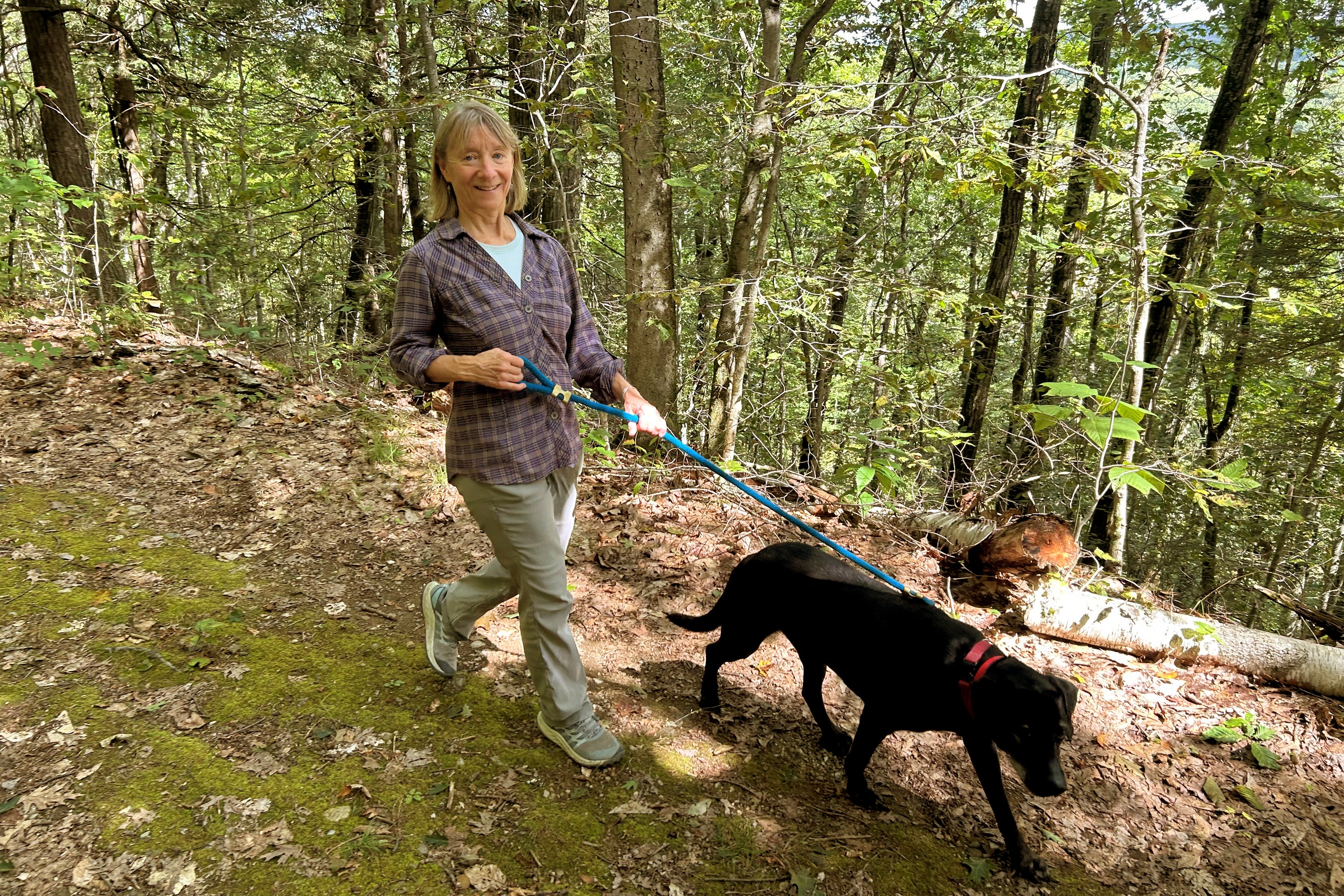Dog-walking injuries are spiking as experts warn of perils on a leash
Here’s how to protect yourself on a dog-walk

Your support helps us to tell the story
From reproductive rights to climate change to Big Tech, The Independent is on the ground when the story is developing. Whether it's investigating the financials of Elon Musk's pro-Trump PAC or producing our latest documentary, 'The A Word', which shines a light on the American women fighting for reproductive rights, we know how important it is to parse out the facts from the messaging.
At such a critical moment in US history, we need reporters on the ground. Your donation allows us to keep sending journalists to speak to both sides of the story.
The Independent is trusted by Americans across the entire political spectrum. And unlike many other quality news outlets, we choose not to lock Americans out of our reporting and analysis with paywalls. We believe quality journalism should be available to everyone, paid for by those who can afford it.
Your support makes all the difference.There's a lot of joy in having a dog, not the least of which is heading out for a brisk walk. And therein lies a peril some dog people should pay more attention to.
Over the past 20 years, injuries related to dog walking have been on the rise among adults and children in the U.S., according to Johns Hopkins University researchers. Fractures, sprains and head trauma are among the most common.
From 2001 to 2020, the estimated number of adults seen at emergency departments for dog-walking injuries increased significantly, from 7,300 to 32,300 a year, lead researcher Ridge Maxson told The Associated Press. Most patients were women (75%). Adults overall between ages 40 and 64 amounted to 47%.
And that's just emergency room visits. “We know that a significant number of people might seek treatment at primary care, specialty or urgent care clinics for their injuries,” Maxson said.

Dog ownership has become increasingly common, he noted, with about half of U.S. households having at least one dog. The pandemic contributed to the spike.
How to protect yourself
Staying safe when walking a leashed dog takes diligence, focus and, in inclement weather, extra precautions. Multitasking can be hazardous. Put your phone away.
“You can’t really afford to relax when you walk a powerfully built dog with the torque of a small tractor. You have to pay attention,” said Noel Holston, a dog owner in Athens, Georgia.
In the early 2000s, Holston was walking his 65-pound (29.4-kilogram) pit bull in a park near home when a goose flapped and squawked. The dog bolted down an embankment, jerking the now 76-year-old Holston off the sidewalk.
“Off balance and struggling to keep my footing, I stepped into a hole and heard my left ankle snap. The pain was so intense. I almost passed out. My wife, Marty, had to hail a jogger to help get me back to our car. My left foot was dangling like a big wet noodle,” he said.
Susannah Johnston, 64, is a yoga instructor who runs a 40,000-member Facebook group for women aimed at improving balance, strength and a body’s ability to absorb impact. She's been injured three times while dog walking over the years.

About five years ago, her 50-pound (22.6-kilogram) lab mix went after a squirrel while Johnston was kneeling to tuck a sweatshirt into her backpack, the leash wrapped around one hand. She fractured a finger.
“That was the worst because it was twisted and pulled and I had to have surgery and rehab and everything else,” said Johnston, who lives in New York's Croton-on-Hudson.
Running with a leashed dog is another hazard no matter how well trained you think a dog is. It's especially dangerous with a dog that's easily spooked, very young or prone to the zoomies. That's what happened to Robert Godosky in Manhattan.
“We used to be in a routine of sort of running the last block home,” he said. “There was a section of sidewalk that had scaffolding up. My dog is a rescue dog and was relatively new to us. He got spooked and got in front of me, and I went flying over the dog and smacked into the scaffolding. I ended up breaking two ribs."
There are other hazards in rural areas, said Steven Haywood, an ER doctor in Corinth, Mississippi.
“ Getting struck by vehicles," he said. "That’s definitely the most life-threatening injury when people are walking their dogs.”
Areas like his have many roads without sidewalks or wide shoulders. That's especially hazardous when people wear dark clothes with no reflectors or lights on human or animal.
“It's something we see on a regular basis,” Haywood said.
The right shoes, leashes and more
In addition to lights and reflectors, there is other gear that can minimize dog-walking risks:
Wear appropriate footwear with decent treads in snow and ice. Consider wearing footwear with spikes or studs.
Maxson suggests using a non-retractable leash of 6 to 8 feet (1.8 to 2.4 meters). “Longer leashes are more likely to get tangled around your legs and cause falls. Retractable leashes can sometimes make your dog more difficult to control."
In San Francisco, dog trainer Shoshi Parks recommends a no-pull harness with a leash clipped to a dog’s chest rather than their back, she said. It gives the walker more control and puts less strain on the dog.
Parks suggests holding a leash at your center of gravity, near your torso, hip or thigh. Slip your hand through the loop of a leash and grab it a little lower down to hold on.
She calls retractable leashes a “no go." Period. They can cause burns when held too close to the body if they lengthen or retract quickly.
Dog walkers and dog trainers
For people with mobility or balance issues, experts suggest seeking help walking a dog, especially in inclement weather. A neighbor, an older child or a professional dog walker, for instance.
Johnston, Haywood and Maxson agreed that balance and strength-training exercises, especially for older adults, can help decrease the risk of falls and fractures.
And they said working with a dog trainer helps not only the dog but the walker, who can learn to read their pet's body language better.
“Even young, healthy, strong people may have difficulty controlling larger breeds that aren’t used to walking on a leash. Any exercise to give strength, give balance, is going to help,” Haywood said. “Make sure you can control the dog that you're walking.”